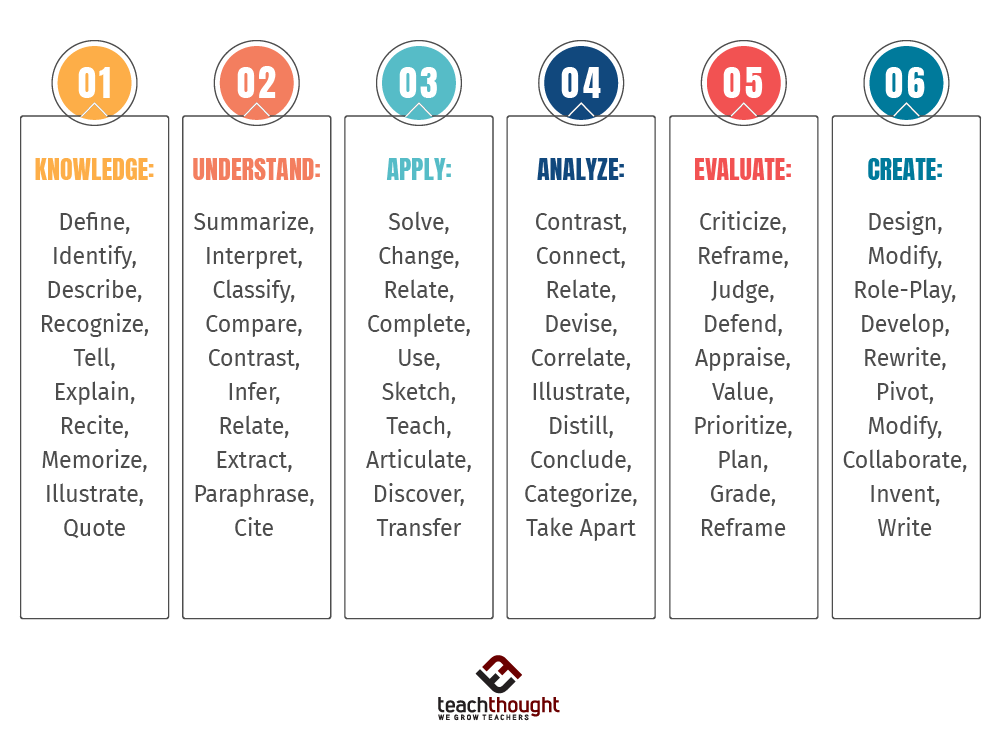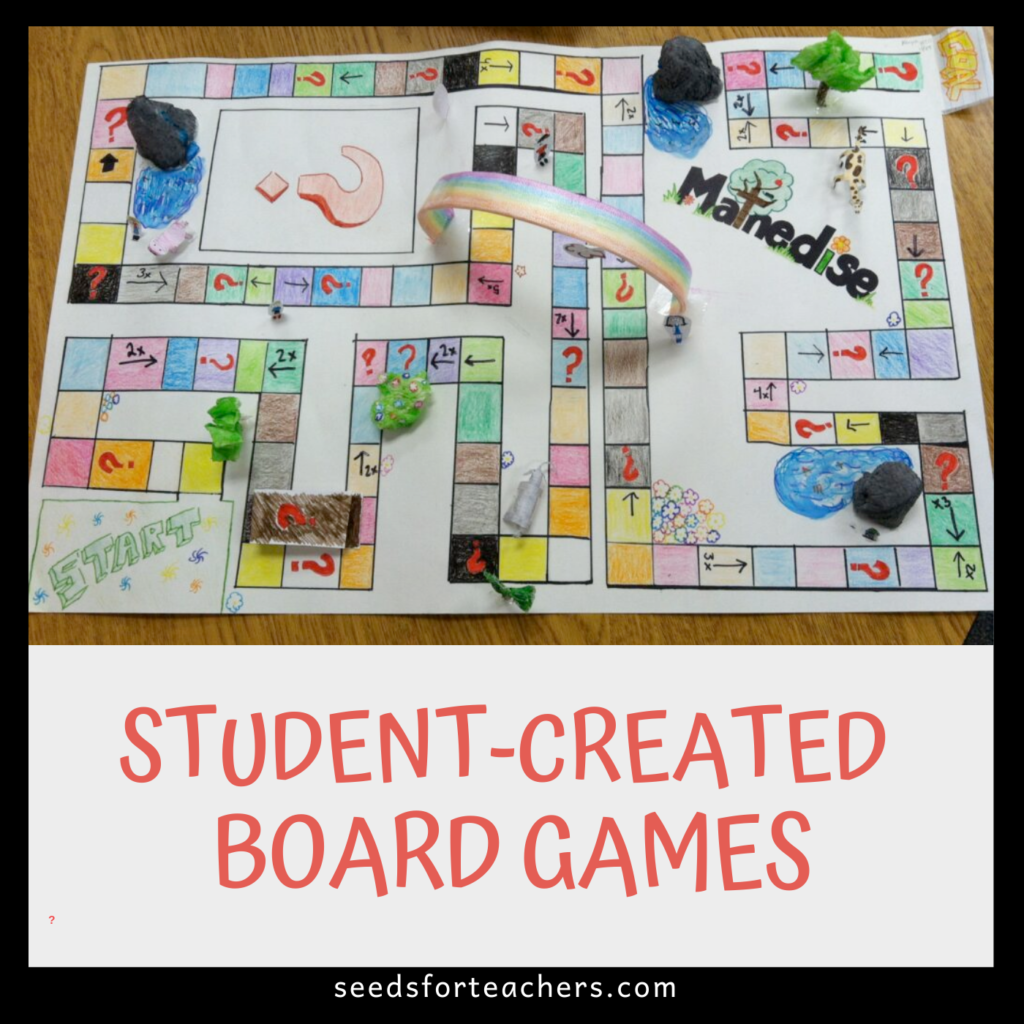Differentiation can be done in three main ways:
You can adjust content (what you are teaching the students)
You can adjust the process (how you are teaching students)
You can adjust the product (what the students do, turn in or create)
How can you adjust the content?
This might involve different groups of students working on different skills. For the lower level students you may have to go backwards and teach a foundational skill they missed or did not master previously. For the high achieving students you may give them freedom to try more difficult things on their own, or explore a topic further than what you teach in class. Utilize technology to help your higher achieving students deepen their understanding with research.
Other ways to adjust content include:
Reading groups
Giving challenge questions/bonus questions

How can you adjust the process?
Differentiation by process involves using different methods to teach. You may put excelling students in pairs for collaborative learning but use direct instruction with your low level students.
Make high level students “coaches” in the group with leadership roles
A quick way to differentiate by process is having the high level students group with low level students. So the high level students now take on a coaching/teaching role. While the low level students get extra help from their peers. This is a great strategy and most students love having the opportunity to help their friends. My suggest is just don’t do it all the time. High level students truly need to be given more challenging work and opportunities to engage with the topic in different ways. The next tip will help do this.
Bloom’s Taxonomy as a Guide
Benjamin Bloom created a pyramid to classify thinking in various levels. The simpler ones are knowledge and understanding type of tasks and questions. The higher level thinking tasks involve students creating and evaluating. You can use a chart like the one below from teachthought to choose differentiated assignments for your students. Let’s say you are learning about bones. You might ask the lower level students to identify 5 bones in our body on a print out of a skeleton. You may ask middle level students to sketch the skeleton and label 5 bones. Then you might ask the high level students to create the sketch of the skeleton, label the bones and then evaluate which bone they think is the most important and explain why.

Other ways to adjust the process include:
Incorporating technology with games, webquests and research
Project-based learning
How can you adjust the product?
When adjust the product, you teach the whole class the same content in the same way but give slightly different assignments to the students varying on their ability.
Use the Highlighter!
The simplest way to adjust the product is to give the high achieving students MORE work and the low level students LESS work. Use your highlighter to highlight only a few problems or questions on a worksheet for the low level students. The high level group you might give them 5 extra problems.
While this technically this strategy is differentiation according to product, it’s not differentiation at its best. High level students shouldn’t just be asked to do more of the same thing. In fact, since they already have mastered the topic they should be doing LESS of the questions. A better strategy is tiered lessons.
Tiered Lessons
Rather than giving high achieving students more of the same type of questions give them more challenging questions using higher level thinking skills. You can also step up the skill. While the class may be doing two digit addition maybe the high level students are ready to go on to three digit addition and can try a few problems like that.
Choice Boards
Choice boards include a variety of different tasks/assignments and let students choose which ones to complete. You can give everyone the same choice board or you can create a separate choice board for each student level.

More Posts You Might Like



